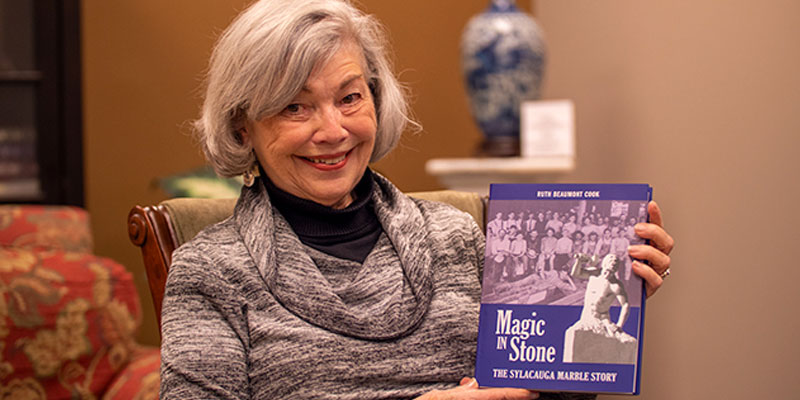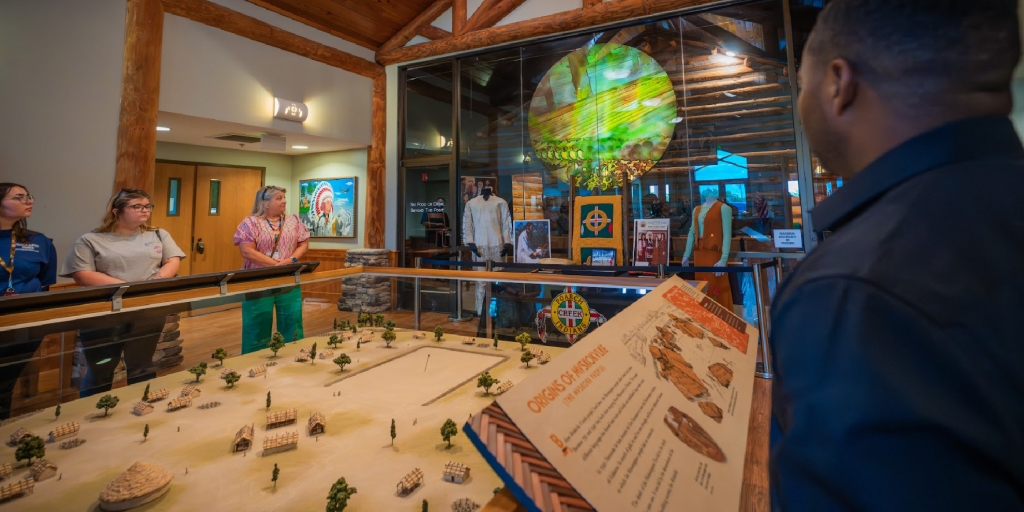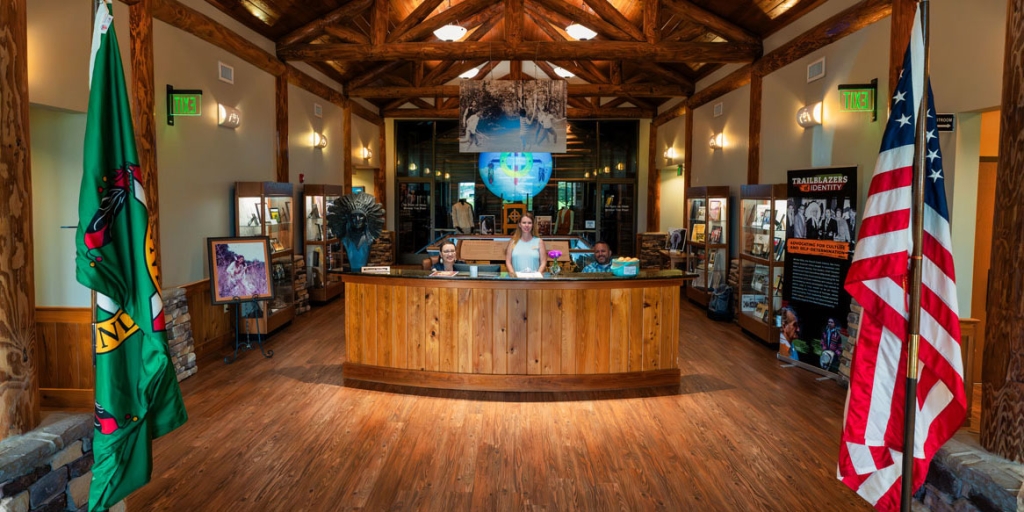Ruth Beaumont Cook’s latest book started 10 years ago as a brochure request from Sylacauga‘s B.B. Comer Memorial Library in advance of the city’s first marble festival.
“They asked me to put together a brochure about the history of the marble,” Cook said. “It was overwhelmingly successful, so the next year they asked to me write a book.”
New book celebrates Sylacauga’s marble legacy from Alabama NewsCenter on Vimeo.
Nearly nine years and dozens of interviews later, Cook celebrates the natural resource that nurtures both the economy and the cultural heritage of Alabama’s “Marble City” in her new book, “Magic in Stone: The Sylacauga Marble Story.”
“Whenever you start working on a book, you have all of this information but you look for a story thread through it,” Cook said. “I had no clue when I started what that was going to be.”
Cook said the clues starting coming together as she started talking to people who grew up mining marble.
“There are so many people who grew up in Gantts Quarry,” Cook said. “Most people have good memories of growing up there and work they are proud of. Telling those stories was the most interesting part of it.”
Commercial marble quarries began in Sylacauga in the late 1800s. Cook said the marble was initially used by sculptors such as Giuseppe Moretti, the Italian who created the Vulcan statue on Red Mountain in Birmingham.
“His Vulcan won gold prize at the 1904 World’s Fair, but what most people don’t know is he also took another piece with him, ‘The Head of Christ,’ which he had carved from Sylacauga marble,” Cook said. “It won a silver medal.”
The notoriety caught the attention of construction managers around the world who were seeking dimension marble for their projects. By the 1930s, Sylacauga’s creamy white marble had been used in hundreds of buildings, including the U.S. Supreme Court building and the ceiling of the Lincoln Memorial.
“It was chosen for the Lincoln Memorial because it can be cut very thin and still be strong,” Cook said. “They cut it thin enough to be translucent and then rubbed it with beeswax and put it in the ceiling.”
Despite the marble’s beauty and strength, Cook said the demand for dimension marble in construction dropped dramatically by the 1950s.
“It became obvious that granite was much easier to withstand pollution than marble,” Cook said. “Marble is still great if it’s thick enough, but if you make a facade of it on a building, it’s probably not going to last because it deteriorates from the pollution.”
Instead of closing the mines and laying off employees, Cook said the Sylacauga marble companies survived and thrived thanks to a growing need for calcium extracted from marble deposits and used in hundreds of products, such as cosmetics, paints and glue.
“They turned to industry and began to grind up the marble into fine powder – called GCC, ground calcium carbonate – which industry had a strong demand for,” Cook said.
Cook said Sylacauga continues to be a rich marble resource more than 70 years later.
“I’ve been told there’s enough marble there for sculpture and industry for at least another 200 years,” Cook said. “The vein of marble is 35 miles long, a mile and a half wide and goes down quite a ways — 300 or 400 feet I believe. It’s a very valuable resource.”
Sylacauga Marble Festival
Since 2009, the city has celebrated its heritage through the Sylacauga Marble Festival, a 10-day event drawing sculptors from around the world to work alongside an Italian master sculptor. Visitors can watch, tour local quarries and purchase sculptures. Cook said the festival brings Sylacauga’s rich heritage full circle.
“It came from art, up through all of these others, and now you have this wonderful balance,” Cook said. “You still have major industry but you also have major art appreciation. It’s a great story.”
The 12th annual Marble Festival will be March 31 to April 11, 2020.
The 2019 Marble Festival, which was one of several events highlighted by the Alabama Bicentennial Commission as part of the state’s 200th birthday celebration, was sponsored by the Alabama Power Foundation, Alabama State Council on the Arts, Alabama Tourism Department, American Legion Post 45 Sylacauga, Architectural Stone Imports, B.B. Comer Memorial Library, Blue Bell Creameries, Blue Horizon Travel, City of Sylacauga, Conn Equipment, Coosa Valley Medical Center, Curtis and Son Funeral Home, Imerys, Isabel Anderson Comer Museum and Arts Center, J. Craig Smith Community Center, Miller Lumber Company, Morris Custom Marble & Granite, Nemak, Omya, Inc., Pizza & Pint, Representative Ron Johnson, SouthFirst Bank, Sylacauga Arts Council, Sylacauga Chamber of Commerce, Sylacauga Housing Authority, Sylacauga Marble Quarry, Towne Inn, 21st Century Signs and Utilities Board of Sylacauga.
To learn more about “Magic in Stone: The Sylacauga Marble Story,” visit newsouthbooks.com/magicinstone.
(Courtesy of Alabama NewsCenter)













